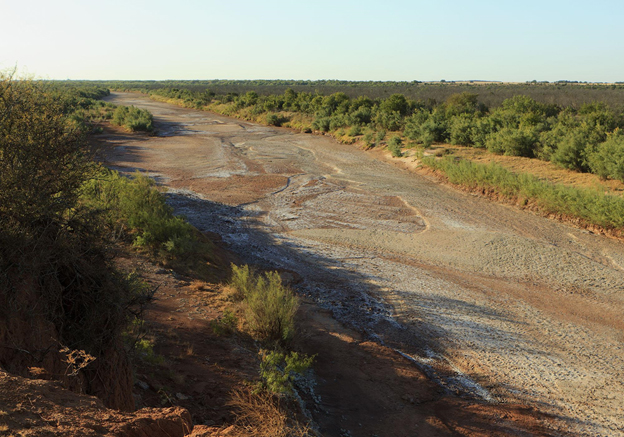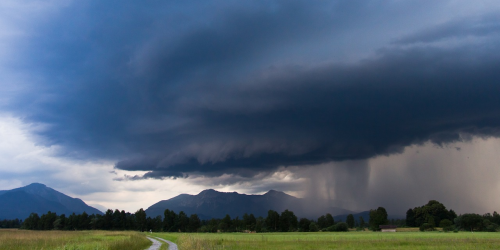NOAA’s MAPP Program is announcing two new three-year projects, funded in collaboration with DOE, that aim to accelerate improvements in representing land-based processes as part of the climate system in NOAA models. The competitively selected awards total $2.7M including $1.5M in grants and $1.2M in other awards.

Extreme weather events such as drought, heat waves, extreme precipitation, and coastal flooding are becoming more frequent, lasting longer, and continuing to have serious economic impacts throughout the United States. As communities become more vulnerable, NOAA strives to create a more weather-ready nation by providing better climate-related information. However, improving this information depends on scientists’ ability to reduce climate model errors by more realistically simulating climate system processes. Through these new projects, two collaborative teams will focus on more accurately representing land processes and their interactions as part of the climate system in models.
The new projects contribute to the broader US-CLIVAR Climate Process Team concept. Climate Process Teams bring together theoreticians, observationalists, climate process experts and large modeling centers to improve parameterizations of particular processes (in this case, land processes) in models. By building collaborative communities, the projects will bridge the gaps between the field and remote sensing observationalists, process modelers, and global modelers to address systemic issues that limit progress in improving climate models. The primary immediate beneficiary of these investments will be NOAA’s Geophysical Fluid Dynamics Laboratory, which is intimately involved in the work to advance their modeling systems.
The two new projects funded by the MAPP Program in FY19 are:
- 3-D Land Energy and Moisture Exchanges: Harnessing High Resolution Terrestrial Information to Refine Atmosphere-to-Land interactions in Earth System Models
- Lead Investigator: Kuo-Nan Liou (University of California, Los Angeles)
- Co-Investigators: Yu Gu (University of California, Los Angeles), L. Ruby Leung (DOE/PNNL), Forrest M. Hoffman (DOE/ORNL), Elena Shevliakova (NOAA/GFDL), David Lawrence (NCAR), Nathaniel Chaney (Duke University), Po-Lun Ma (DOE/PNNL), Peter Thornton (DOE/ORNL), Sergey Malyshev (NOAA/GFDL), Sarah B. Kapnick (NOAA/GFDL), Shian-Jiann Lin (NOAA/GFDL), Celine He (NCAR/UCLA)
- Parameterizing the effects of sub-grid land heterogeneity on the atmospheric boundary layer and convection: Implications for surface climate, variability and extremes
- Lead Investigator: Nathaniel Chaney (Duke University)
- Co-Investigators: Kirsten Findell (NOAA/GFDL), L. Reuby Leung (DOE/PNNL), David Lawrence (NCAR), Joseph Santanello (NASA/GSFC), Paul Dirmeyer (GMU), Elena Shevliakova (NOAA/GFDL), Michael Ek (NCAR), Gabriel Katul (Duke University), Ming Zhao (NOAA/GFDL), Po-Lun Ma (DOE/PNNL), Randal Koster (NASA/GSFC), Nathan Arnold (NASA/GSFC), Zhichang Guo (GMU), Hyeyum Shin (NOAA/GFDL)
In addition to financial support, the project teams will receive significant computing time on NOAA’s High Performance Computing systems to perform their cutting-edge development work. This will also enable external and NOAA investigators to work together on the same computing system.





